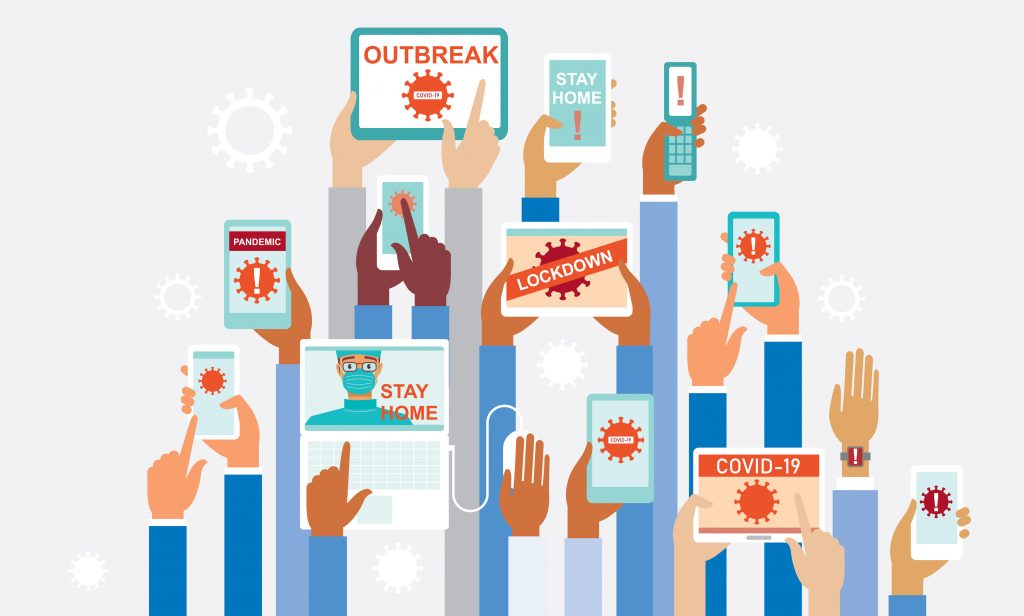
By comparing Twitter data from before and after the COVID-19 outbreak, a team led by WSE computer scientist Mark Dredze found a profound impact on the movement of Americans—indicating social distancing recommendations were having an effect.
Dredze, the John C. Malone Associate Professor of Computer Science, created the Twitter Social Mobility Index, which measures public geotagged data from Twitter—tweets with users’ current location attached—from March 16 to March 29 and compared it to similar data from Jan. 1, 2019, to March 16, 2020. The team found that the movement of Americans during the COVID-19 outbreak dropped by 52 percent. In some states, people’s movement did not change much, but in those with firm social distancing measures in place, the reductions were more dramatic.
Since the onset of the pandemic, municipalities, states, and the federal government have initiated directives to limit travel, stay home, and increase the physical distance between people to slow the spread of the virus.
“The question, though, is how effective are these policies? Once you tell people to stay home, it doesn’t mean everyone listens,” Dredze says. “It’s important for us to understand on an ongoing basis if people are actually listening to these directives.”
The team plans to continue the study and update the results. “We want to continue to track this to see if people’s movement will continue to drop or if people will get fed up with staying home and start moving around again,” Dredze says. “Understanding these behaviors will be important for decision-makers and public health researchers.”
Our researchers, medical teams, staff, and students are working tirelessly to help with testing, patient care, and preventive care—with your support we can do more! Visit engineering.jhu.edu/giving to make a gift in support of our efforts.




